Carbon & Nutrient cycles
Nutrients fuel all life in the ocean. In the sunlit surface layer, the bioavailability of essential elements controls the growth of CO2-fixing microorganisms. This regulates atmospheric CO2 and converts the Sun’s energy into food, sustaining marine ecosystems. We investigate the processes that transport, sequester or release key nutrients such as iron and phosphorus in marine waters and sediments, helping to understand how nutrient inputs and (re)cycling control marine life and the carbon cycle in the past, present, and future.
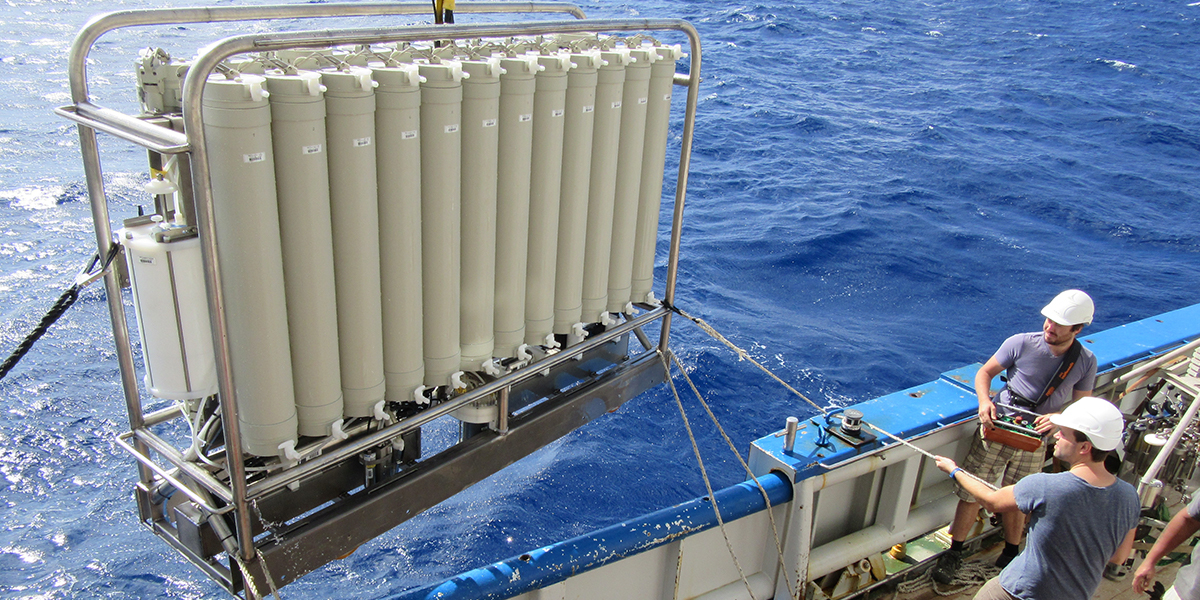
Trace metals
Though often regarded as toxic contaminants, metals such as iron are essential micro-nutrients. They are required for the growth of all organisms, including phytoplankton that form the base of the marine food web. As such, metals can drive global marine productivity and influence global climate. In large regions of the ocean, the amount of primary production is limited by the availability of trace metals that occur at vanishingly low concentrations.
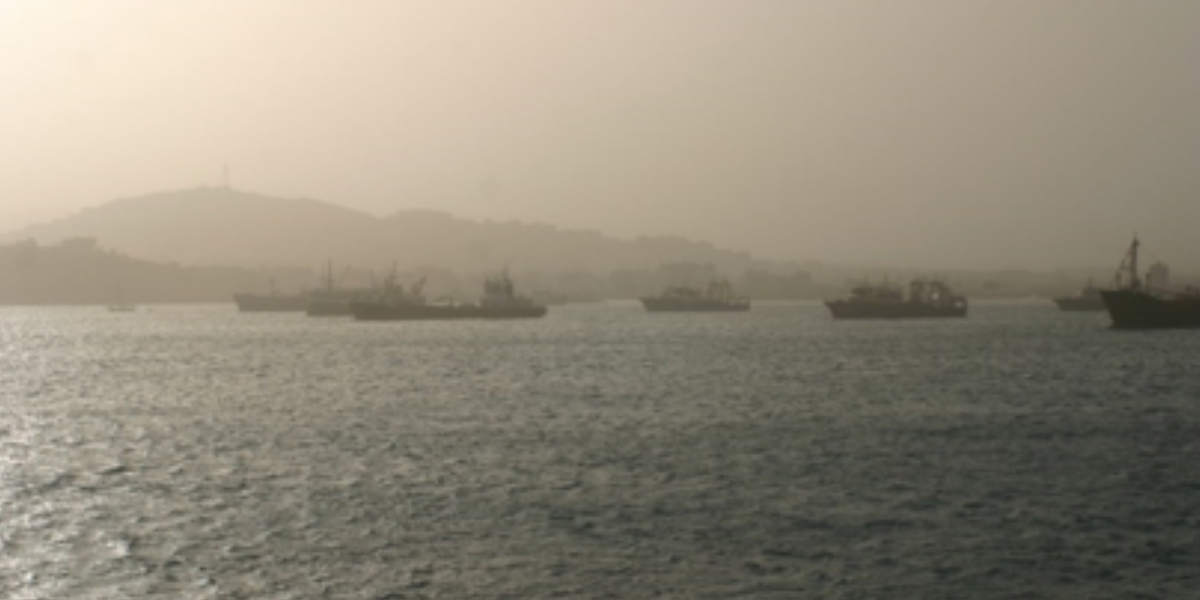
Aeolian dust
About 2 billion tonnes of wind-blown particles are emitted from the world’s deserts every year and partially deposited in the ocean. As a result, aeolian dust is thought to play a vital role in the global carbon cycle. since phytoplankton living in the surface ocean may use the nutrients carried by these dust particles. During photosynthesis, the plankton sequesters atmospheric CO2 and potentially influences global climate.
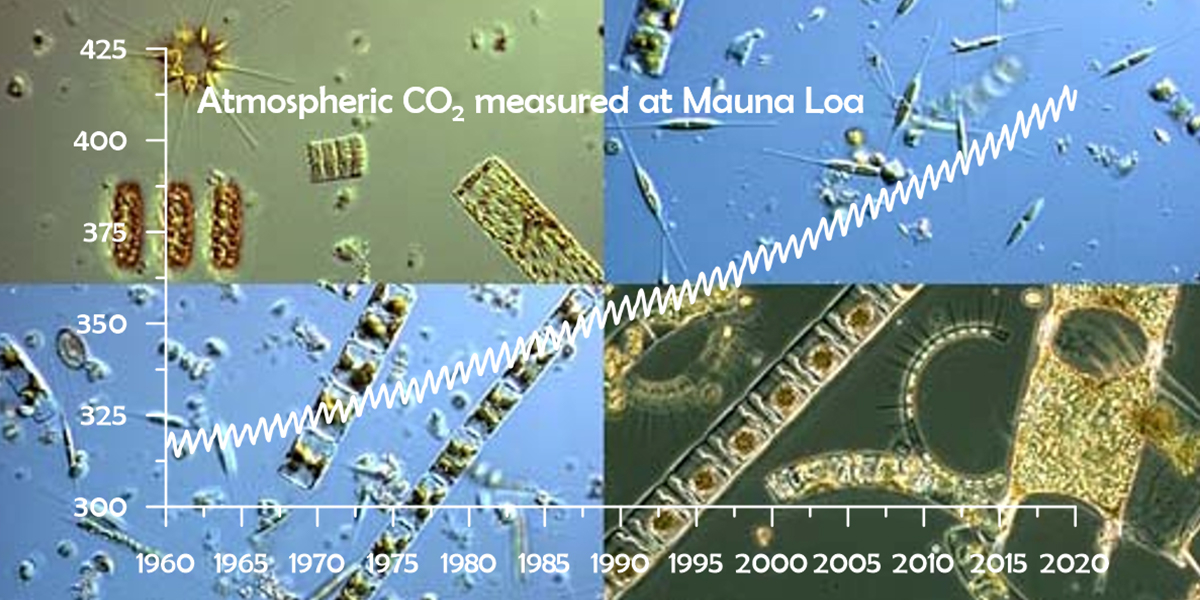
Carbon cycle
The ocean is by far the largest reservoir of carbon; it absorbs about a quarter of human CO2 emissions each year, mitigating their impact on Earth’s climate. This CO2 uptake lowers the seawater’s pH (ocean acidification), which may adversely affect species critical to the marine food web. Several biogeochemical and physical carbon 'pumps' transfer carbon from the surface to the deep ocean, in close interaction with nutrient and oxygen cycles.
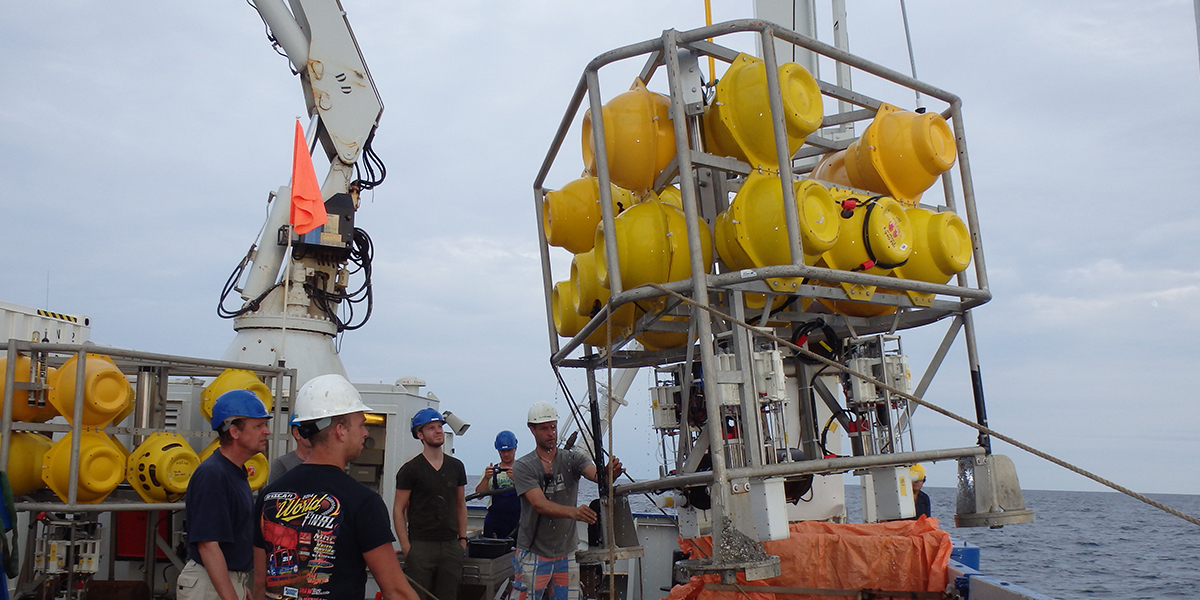
Seafloor-ocean exchange
Rivers, winds, and ice deliver major nutrient fluxes from land to ocean, where particulate material sinks to the seafloor. Sediments are highly active biogeochemical reactors in which molecules are degraded, transformed and dissolved, and partly recycled back to the water column. We study the intricate feedbacks between environmental conditions on the seafloor, nutrient burial and recycling, primary production and climate.
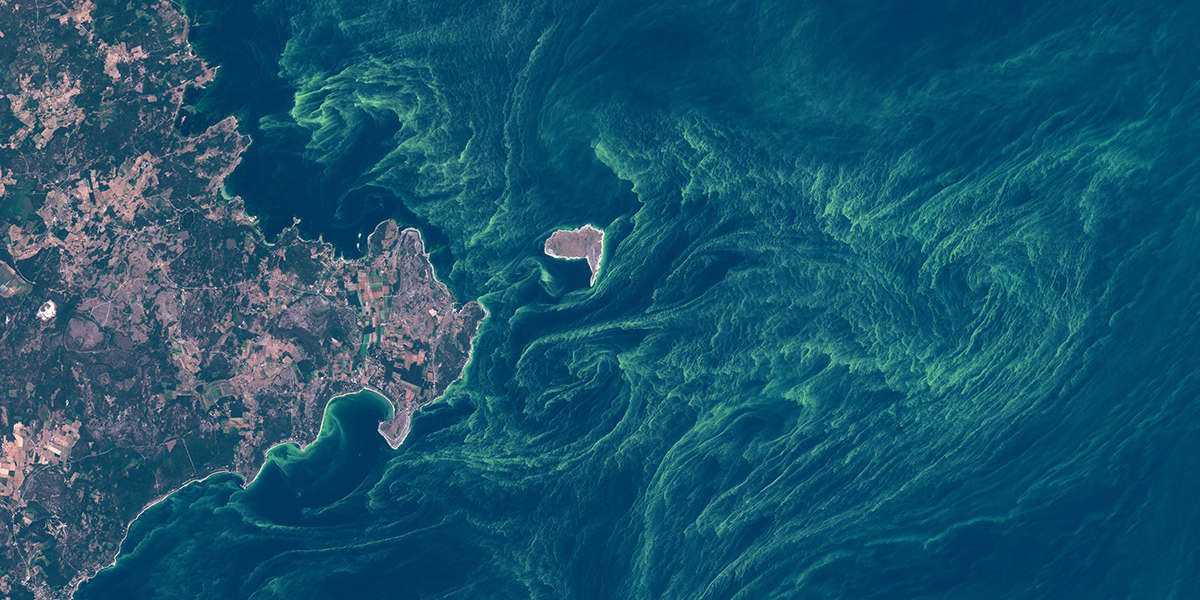
Deoxygenation
Global warming and human nutrient inputs are leading to ocean oxygen loss, particularly in coastal areas where severe deoxygenation is spreading rapidly. Loss of oxygen profoundly changes the biogeochemical functioning of marine ecosystems. We study nutrient cycling and ecosystem quality in systems with strong oxygen depletion such as stratified basins like the Black Sea and oxygen minimum zones like the Benguela upwelling system.